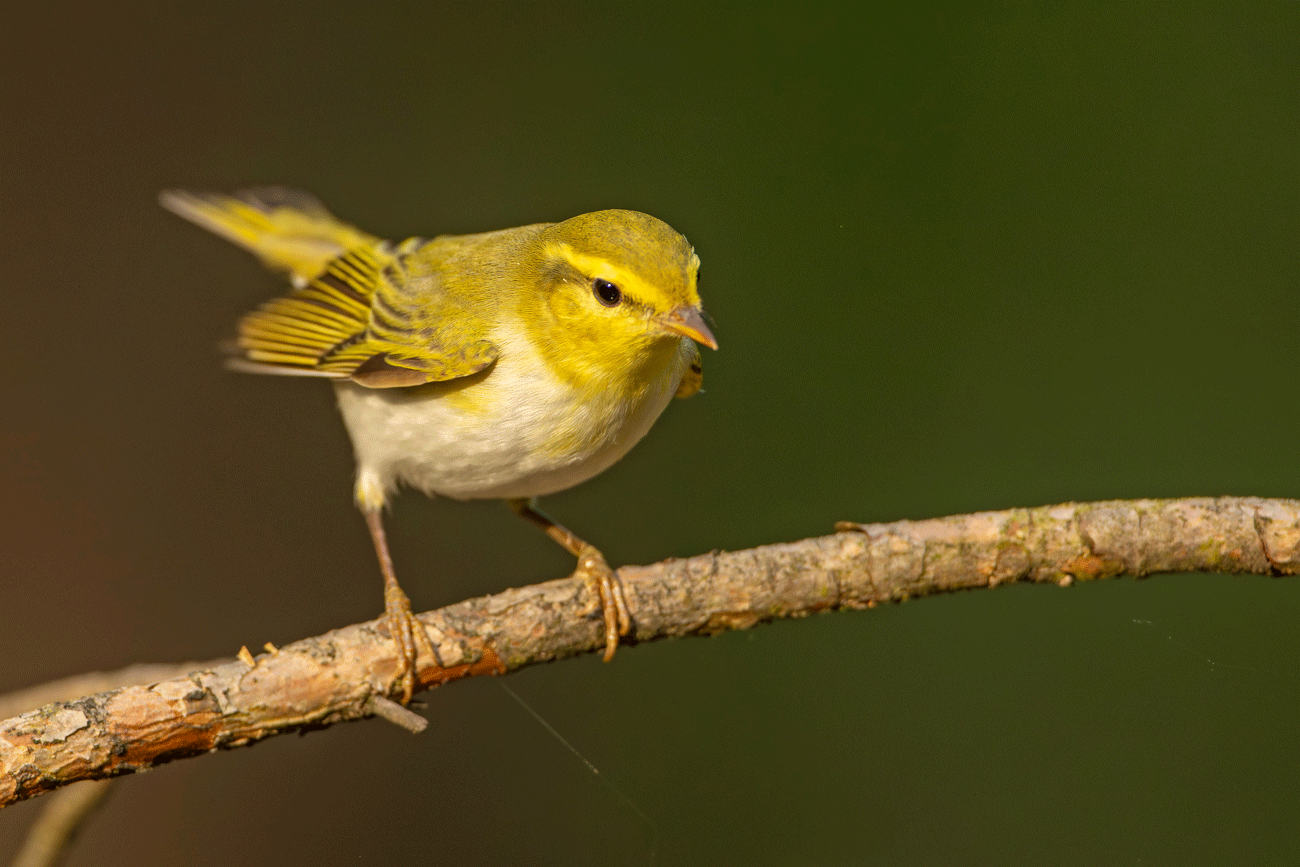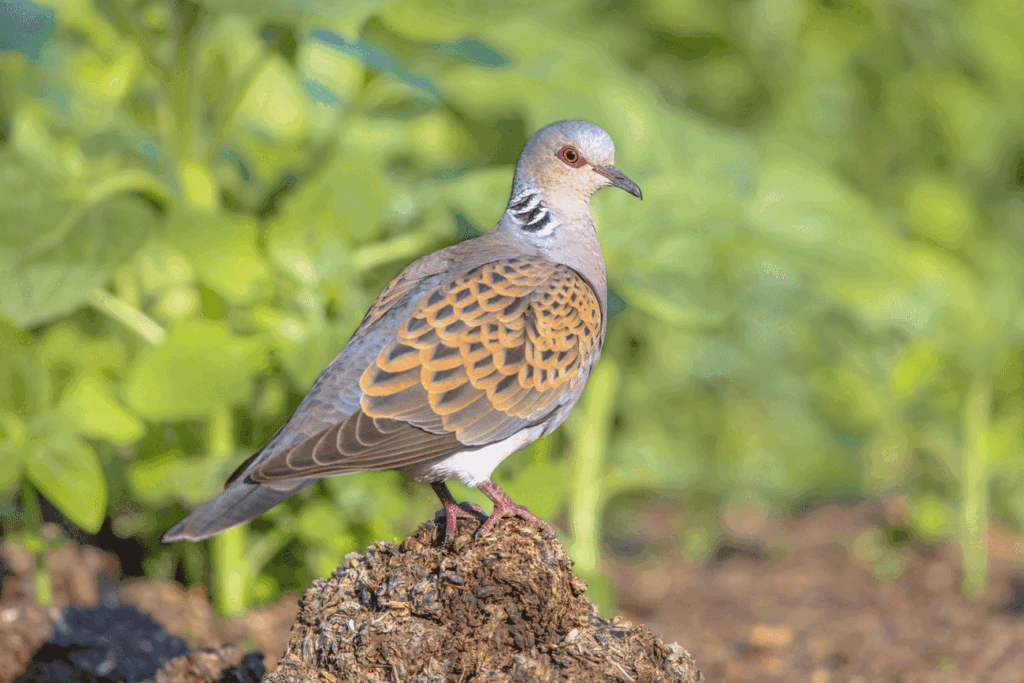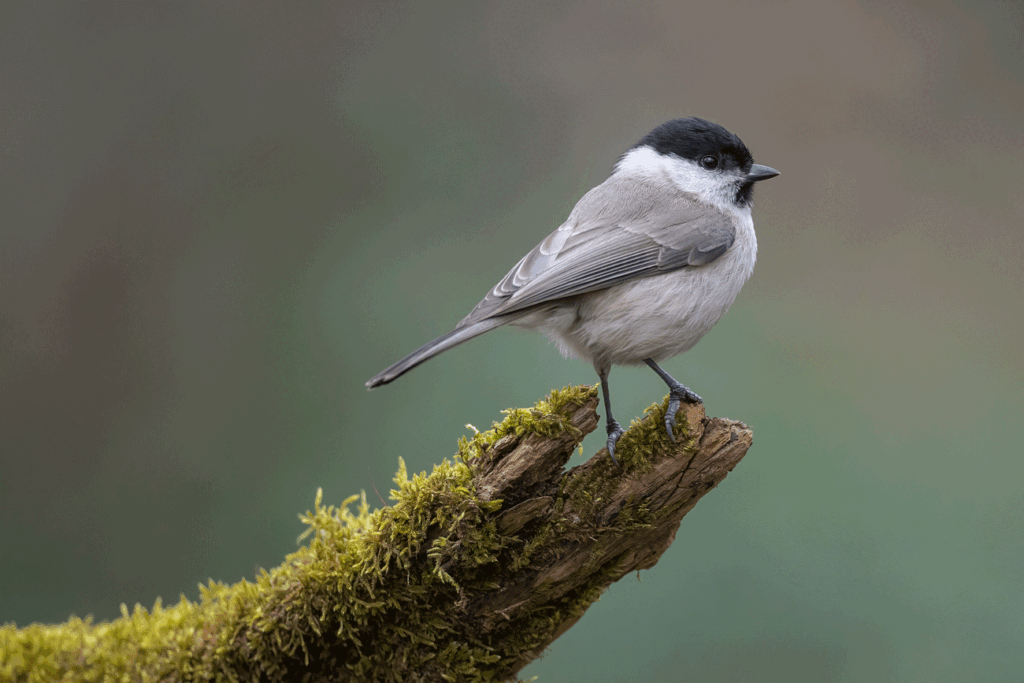
Warrants are out for the arrestof a trio of trouble-hit characters who have vanished from their former haunts around the village.
Volunteers’ annual searches for members of the ‘Cranleigh Crew’ continue to draw a blank and now an appeal has been issued for the public to come forward with any information leading to their discovery.
Experts warn if anyone thinks they have identified one of the gang then they should approach with great caution and ensure they report their suspicions to the authorities. Photographic evidence of a sighting would be welcome.
The wanted trio are:
Wood Warbler – Last spotted May 2003 (main photo)
Description:
A beautiful summer visitor to Britain with known contacts in Africa, south of The Sahara. Not to be confused with the similar and slightly smaller Common Chiffchaff, it has dazzling white underparts and blazing lemon yellow on the throat and the sides of the head and breast. There is a dark thin eye stripe and a distinctive yellow stripe above. The upper parts are greenish and the bill and leg pinks.
Song:
A repeated single note ‘pew, pew, pew, pew, pew,’ followed by an impressive shuddering trill usually given from high in the trees.
Status:
Red-listed as one of our most threatened species, its population in the UK has fallen by 66% since 1995. Habitat loss and climate change could be playing a part but the reasons are still being researched to enable effective conservation measures.
Local history:
Never common but in the 1980s and 1990s could be regularly encountered in oak and silver birch woodland along Winterfold’s Greensand Way. What turned out to be my last local sighting was near Jelley’s Hollow on 26 May 2003. My diary entry reads: ‘Excellent views were obtained as the bird sang above me’. I remember it well.

Turtle Dove – Last spotted May 2002
Description:
The best-dressed and most impressive looker of the trio, it is familiar to many from the 12 Days Of Christmas song, by which time it is taking its annual break in the warmer climes of deepest Africa.
Slightly smaller than our common Collared Dove, it wears red ‘glasses’ around orange eyes and displays a patchwork of orange and black markings on the inner wings. It displays, a pink breast with hues of blue, ‘go faster’ black and white stripe patches on its neck, a grey head and back, white underparts, and thick white around the edge of a black tail.
Song:
Always sounds very pleased with itself and, if around, is usually located by its gentle far carrying purr, also described as ‘turr’.
Status:
Red-listed and could be heading for extinction as a breeding bird in Britain unless current conservation efforts in East Anglia are successful. Contributions to its demise include changed farming practices destroying its food of shoots and weed seeds, illegal Spring shooting by hunters of millions of birds for ‘fun’ in southern Europe – especially Malta – climate change and habitat loss.
Local history:
Only seen irregularly in recent decades and bred in small and declining numbers. The most regular sites included Winterfold, the Downs Link, Cranleigh Brickworks, the Baynards area and Alfold Road. My last local sighting was on 3 May 2002 when I was treated to the increasingly rare sound of one briefly cooing on top of a conifer in Winterfold Forest.

Willow Tit – Last spotted Sept 1998
Description:
Can be confused with its similar cousin the Marsh Tit, which hangs out in much of the Cranleigh area, but is slightly tubbier, lacks a glossy black cap, has a pale wing panel and a larger black bib.
Song:
Unlike the Marsh Tit, which erupts with a variety of ‘pitchew’ notes, it utters a hoarse scolding with a staccato selection of ‘chay, chay, chay’ type sounds.
Status:
Willow Tit numbers fell by more than 80% in the last 30 years of the 20th century. Unlike its cousin, the species excavates its own nest in rotting wood. But worsening habitat, predation and competition from other species are reckoned to be factors in its demise. The species was red-listed in 2002 and is sadly now extinct in Surrey.
LOCAL HISTORY:
Generally scarce but by the end of the 1990s was becoming very hard to find at previous sites it was faithful to throughout the year. My last was one calling in a local wood on 13 September 1998.
I wonder what other species we take for granted are destined for the future WANTED list? I find it is worth always keeping a record of your sightings and the dates so you can treasure happy memories if the unthinkable happens.
X (formerly Twitter) – @Crane_Spotter











